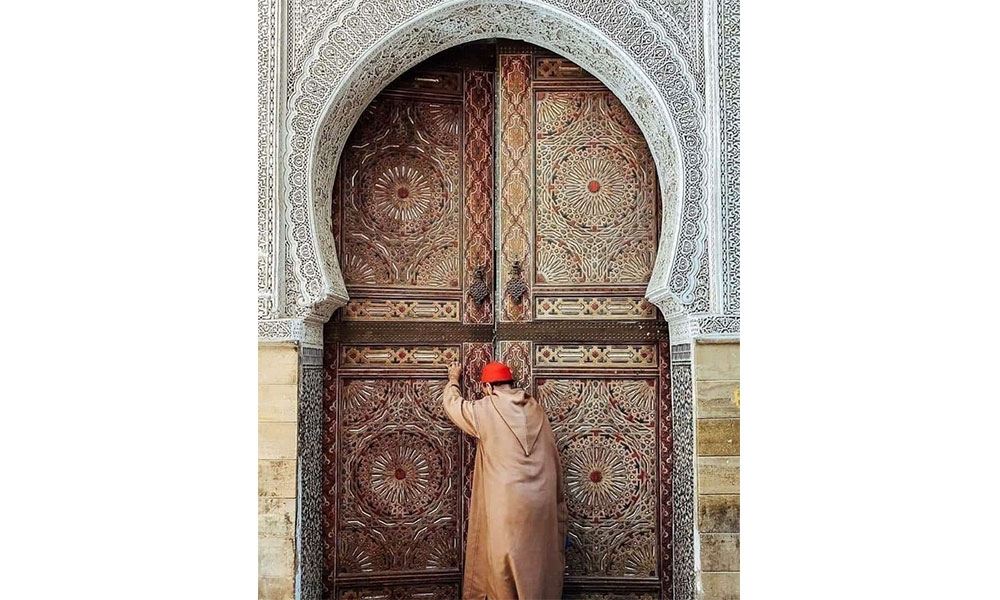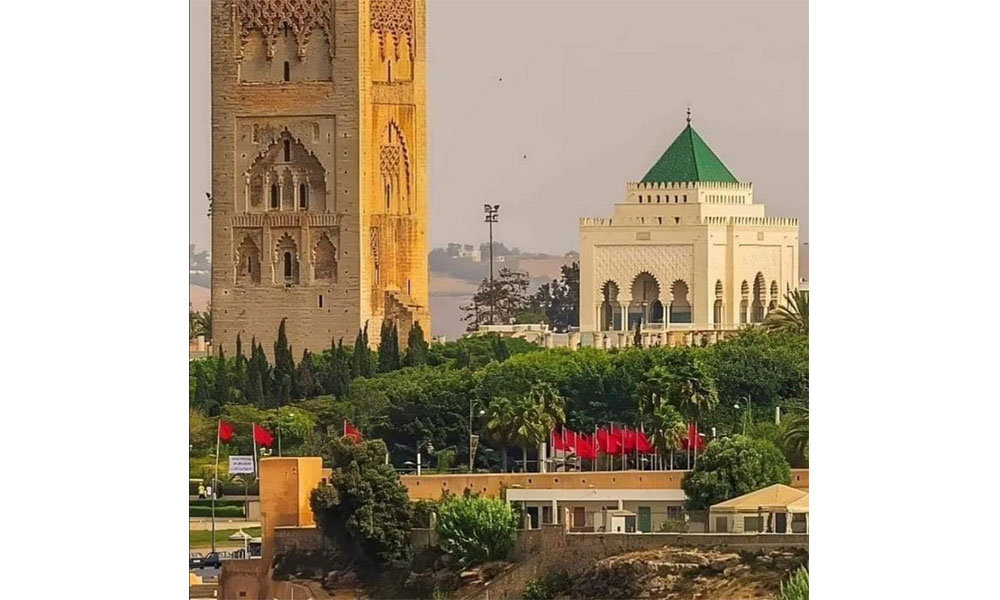If you are looking for some truly breathtaking scenery, you should visit the south of Morocco, close to the Sahara. This is the place to go if you want to see a desert as if it were an authentic, untouched landscape, left as God created it. The landscape is desolate and haunting, with nothing but rocks and sand for hundreds of kilometres in every direction, with only a few very large sand dunes scattered across the surface from time to time.
The location and geography of Morocco
The Kingdom of Morocco is located in the northwest of the African continent, in the Maghreb region. The population of Morocco is 36 million. Arabs and Berbers make up the majority of the population, although there are Jewish and Christian communities.
The capital is Rabat, the economic capital is Casablanca and the most populous.
Morocco is made up of mountain ranges, including: the Rif, which borders the Mediterranean coast from the Moulouya River to the Strait of Gibraltar and whose highest peak is Mount Tidin, with a height of 2452 m; and the Atlas Mountains, made up of three mountain ranges: the High Atlas in the south, where the highest mountain in the country is located, Jebel Toubkal 4180 m; the Middle and Small Atlas, which reach the coast of the Atlantic Ocean.
The official languages are Arabic, Berber, Chilahit and Tamazight, spoken in the Sous, Rif and Atlas regions. Most Moroccans speak French, Spanish and English, so you will have no problems communicating on an organised trip to Morocco.
Islam is the official religion, most of the population are Sunni Muslims, and the king is the highest authority.
It is a constitutional monarchy with an elected parliament. King Mohammed VI has wide executive powers and commands the armed forces.
The economy is based on services, agriculture, mining, phosphates, commerce, leather, textiles and tourism.
The climate varies between desert in the south, Mediterranean in the north and continental in the interior, with temperatures ranging from 10 to 25 degrees, although in some parts of the country it can reach 50 degrees.
The flora of Morocco is one of the richest in North Africa, with the largest number of forests with cork oaks, holm oaks, conifers, junipers, cedars, firs, pines, argans and thorn trees, while in arid regions there are palm trees. As for fauna, foxes, rabbits, otters, squirrels, deer, wild boar, baboons, leopards, bald eagles and horned vipers live in Moroccan territory.
Why Morocco is the most visited country?
Morocco is a land of enchanting colours, which bring warmth and harmony to the landscape, tinting the sky and the sea with vibrant blue, the green vegetation and the desert. And the pure and exciting sounds of the music and songs of its tribes, villages and cities. Amid the bustle of its noisy streets and squares at night. Overflowing with life, it shows in all its splendour and in the face of the noise, the deafening silence of the desert, the treasure of the land, the essence of tradition and the hearts of its people. Where you can live the most wonderful adventures a man can experience.
Lost in the labyrinthine cities; immersed in the landscapes of mountain ranges and plains; the aroma of mint tea and spices. Enjoying the majestic architecture of arches, plasterwork, mosaics and carved wood in the majestic monuments; riding a camel; seeing indigo turbans in the desert.
Explore waterfalls, valleys and rivers; Soak up the special and charming atmosphere of Riyadh; Visit mosques, palaces, gardens and schools; Watch the captivating sunset over the sand dunes. Gaze at the Mediterranean or the Atlantic, stroll to the rhythm of the market, cross the ramparts and fortifications of the sandy cities; Amazigh stories and the call to prayer live in this diversity, a tale from the Arabian Nights.
A trip to Morocco is different. Its unique culture attracts visitors from far and wide to discover a different world.
Morocco, the jewel of the Arab world, the pearl of North Africa, beauty and charm, the kingdom of sensations.






